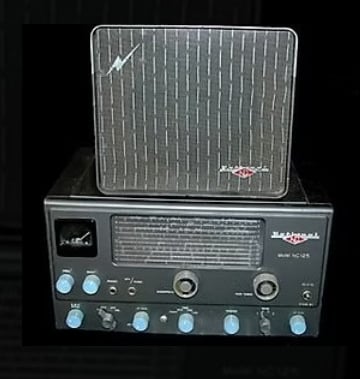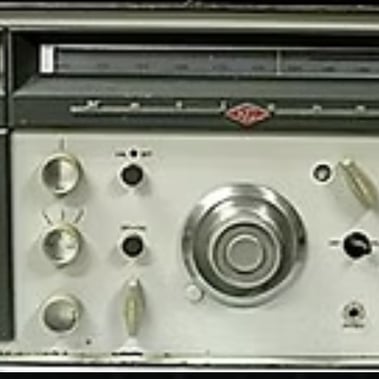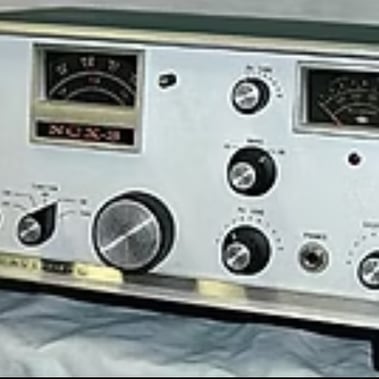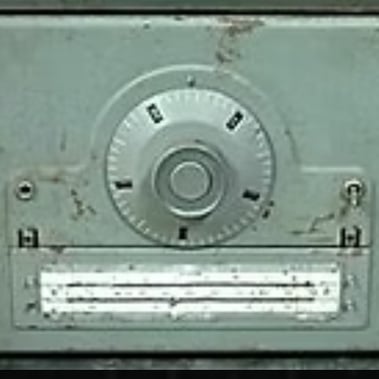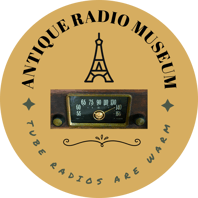THE NATIONAL RADIO PAGE
National was a famous brand of ham radios for several decades. This page shows a few that I have in my collection.
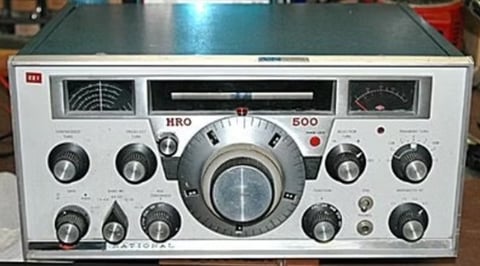

NATIONAL'S FAMOUS HRO-500
This was clearly the top of the line receiver in 1965. The HRO-500 still has a reputation of being one of the best receivers ever built.
The fact that it was the first fully transistorized communications receiver as early as 1965 adds to that reputation.
As mentioned in the discussion contained on the RADIO ROOM page, this particular radio and I go back at least 50 years when I was working at National Semiconductor, starting in 1969. I think this radio was purchased in the early 70's, even though its serial number indicates that it was manufactured in 1967.
The radio was part of the Linear Integrated Circuit Design department's test equipment. In some cases it was used to see if a device was transmitting on the frequency it was supposed to be on. In other cases it was used to make sure a device WAS NOT transmitting when it wasn't supposed to.
I used this radio as an oscillation detector when some IC test hardware I built oscillated and I could not find the source or the frequency because the capacitance from an oscilloscope or volt meter would KILL the oscillation. However, with this radio's sensitive front end you could just make a simple antenna probe and place it near the circuit in question and locate the source of oscillation. It might take a while to find it because of the wide tuning range of the radio.
There are SIXTY bands of only 500 KHz each....so that is a lot of spinning of the knob to locate an unknown frequency.
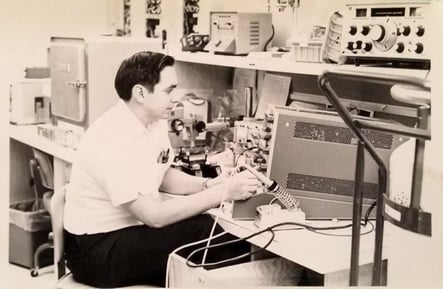

Your's truly (much younger), at the Linear Test Development lab at National Semiconductor testing some devices but with the famous National Radio HRO-500 sitting on the top shelf. I would guess this image is from late 1969 to early 1970!
The radio was made during the era where manufacturers were changing over from tubes to transistors. Because of that, this radio was made with "transistor sockets". I guess the engineers did not trust transistors enough to just solder them in like they do these days. Because of that, the radio frequently failed due to corrosion between the transistor socket and the lead of the transistor. So, I now just use the radio for display because it takes too much time to locate the problem!
Below is a photo gallery of National Radios
Just click on an image and it will expand and let you use arrows to go to the next image or back to the previous image.

